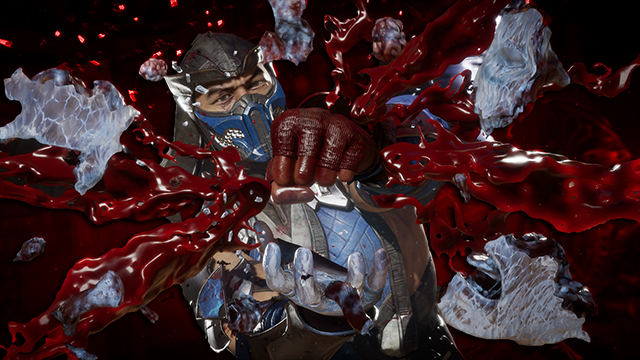It’s the battle cry of concerned mothers and video game doubters the world over. And now, in the wake of repeated shooting tragedies across the United States, the clarion call from policy makers and politicians is that video games cause violence. The recent events in the U.S. are deeply tragic and draw focus once more to a dark and confusing…

Atlas is an action-rpg with rogue-like elements where you use your ability to control the ground to fight the enemies and move through procedurally generated worlds.










